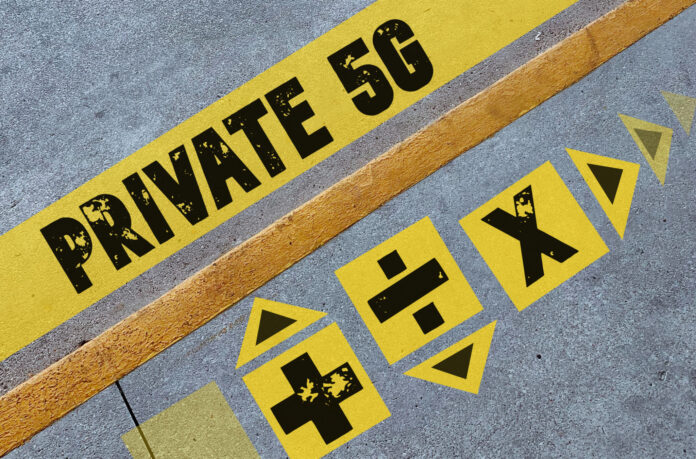Ahead of a big week in Barcelona, when the telecoms set hits town for its annual MWC jamboree, and when the only talk of any outward substance will be about edge-based 5G for enterprises, analyst house ABI Research has stuck out a revised forecast that says the private 5G market will be worth a whopping $96 billion by 2030, up from $7 billion in 2023. More significantly, perhaps, it calculates half of revenue will come from system integration services.
The latter stat explains why so many other parties are interested, suddenly, in telecoms as a crucial weapon in their enterprise services arsenals. The likes of Accenture, Ernst & Young, Kyndryl, and NTT are among this year’s show sponsors at MWC, and many other global and specialist integrators will be out in force, alongside traditional IT-side and OT-side hardware vendors. This is where the real action is at MWC, reflecting where it is for the wider market.
ABI Research reminded that the ‘private 5G’ market will remain a private LTE market until 2030 at the earliest, when 5G edges LTE for market share, both in terms of the installed base and live deployments. The inflection point was previously pegged at 2027/29, reckoned ABI Research, so it has gone backwards by a couple of years at least. How come? Devices, of course, still. “The persistently immature ecosystem around industrial grade 5G devices prevents 5G from unfolding its whole value proposition,” the company stated.
Leo Gergs, senior analyst for private networks at ABI Research, remarked: “These numbers underscore the size of the opportunity… for private cellular networks within enterprise verticals – despite a bumpy first few years… At the same time, the early years of enterprise cellular have been an important reality check that the telco industry needs to take seriously to preserve the opportunity.”
Gergs has identified “three critical lessons” for the telco industry. The first is that most of the action is outdoors, still, and not inside factories and plants as per the common Industry 4.0 vision – and will remain until the right chipsets are available to support ultra-reliable low latency communication (URLLC) and time sensitive networking (TSN). “The most tangible value for [5G versus Wi-Fi is]… to bring connectivity to vast and remote coverage areas,” he said.
“Private cellular will connect outdoor sites much more efficiently than other wireless technologies, like legacy Wi-Fi. Suppliers of private networks should therefore look beyond the obvious manufacturing environment as targets and start looking towards sites with large outdoor areas if they haven’t done so already,” according to Gergs. The second “lesson” is that 5G requires a high degree of customisation, still, to work for enterprises.
Gergs said: “Private cellular… requires a high degree of expertise in integration and orchestration capabilities. System integrator capabilities will remain pivotally important for the success of private cellular deployments.” He referenced the partnership between ENEA, IBM, and Casa Systems, and suggested a “swamp” of similar partnerships “in the coming years”. This has been written about extensively in these pages.
The other thing, concluded Gergs, is to understand that enterprises care most about their bottom lines. “This needs to go much further than removing high upfront investment and moving to a service-based offering,” he reflected. “The industry needs to provide more flesh to [their offers]. Particularly in economic uncertainties, enterprises demand reliable partners that provide binding answers as to what exact capabilities they aim to monetize and how.”
More to come on all these themes in our continuing coverage.

